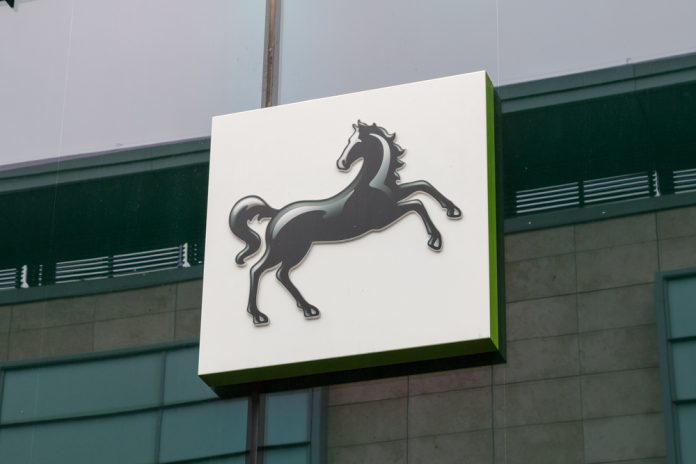Lloyds Banking Group (LON:LLOY) will announce their performance in the third quarter of this year on Wednesday.
There are three key metrics that will be scrutinised and any sharp misses or beats off expectations is likely to lead to sharp moves in the share price.
Net interest margin
Net interest margin is the key measure of profitability of a bank so this will be a particular area of interest for investors. In this respect, Lloyds have been performing well as in 2016 their net interest margin was 2.71%. This rose to 2.80% in the first quarter 2017 and then to 2.82% in their 2017 half year report.
Lloyds’ most recent report forecasted net interest margin to close the year at 2.85%. They expect this to continue to rise for the rest of the year due to their acquisition of credit card business MBNA.
Cost of PPI
The cost of PPI repayments for UK banks continues to cause issues. Lloyds incurred costs of £1 billion in total for 2016 due to PPI and in the first quarter of 2017 they put aside £350 million for future PPI provisions. These added provisions were due to the two month extension on time for customers to claim compensation, as well as the revised regulations due to the Plevin case.
In Q2 however the firm added a further £700 million to provisions. The reason behind this is that the rate of claims “remain above the Group’s previous provision assumption”. The new provisions account for 9,000 claims per week until August 2019.
Lloyds have also warned that the cost of PPI “could differ from the Group’s estimates and the assumptions underpinning them, and could result in a further provision being required”. This is because of “significant uncertainty around the impact of the regulatory changes, FCA media campaign and Claims Management Companies and customer activity”.
Common Equity Tier 1 Capital
Common equity tier 1 (CET1) capital became prevalent to banks after the 2008 financial crisis in order to ensure they have enough money in reserves to deal with any finanical shocks. As of 2011 the Basel III international regulatory framework states that banks must have a CET1 capital ratio of at least 4.5% by 2019. This is to ensure the protection of the economy during a financial crisis.
Lloyds’ Tier 1 Capital Ratio was 16.1%, this rose to 16.8% in Q1 of 2017, however it then fell to 15.9% in Q2. Any improvement in the Capital Ratio will be a welcome relief to investors as it could signal further dividend hikes.

